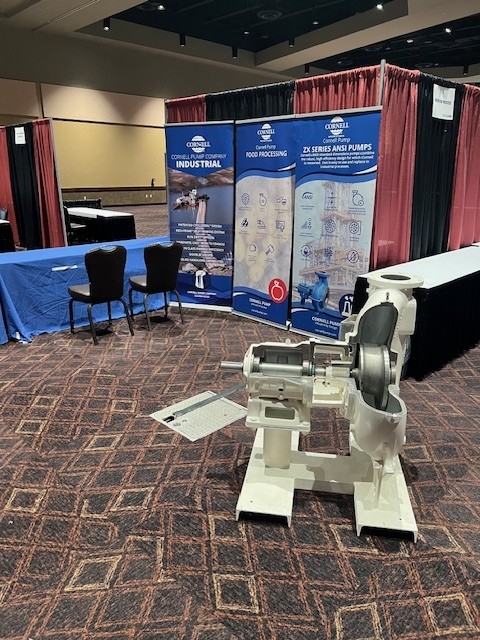What is the eCatalog?
The eCatalog is the digital extension of Cornell’s product data library. From impellers to complete packaged systems, it brings up-to-date models, performance curves, materials of construction, accessory options and documentation into a searchable, filterable interface. The portal supports the entire Cornell lineup—from standard models to custom solutions.
Why it matters
- Speed of specification: Rather than tracking down brochures or static PDFs, you can search live data, configure options and rapidly narrow in on models that fit your application parameters.
- Accuracy: The data is regularly updated so you know you’re working from the latest model numbers, performance ratings and materials selections.
- Flexibility: Whether you’re dealing with high-chrome white iron models such as the MP or SM Series, or heavy-duty industrial-mining units (101222MP, 8NHTB, etc.), the eCatalog supports material and performance filters to match your specific use-case.
- Documentation: Specification sheets, dimensional prints, performance curves and installation guides are all linked, making it easier to hand off data to CAD, sales, or field teams.
How to use it — step-by-step
- Start in either Model Search or Browse By Application tab: Navigate to the eCatalog home page, click into the “Pump Search” function and input the pump model , or browse by types of applications and see suggest models. If you are looking for specific duty points , those inputs can be entered in PumpFlo and used as a companion program.
- Click on a pump model. The information available such as curves, dimensional drawing, etc. will appear for the pump selected.
- Download documentation: Once you’ve selected a model, download the relevant dimensional drawing, performance curves and parts manual. You can laos generally find a data sheet on the website for the corresponding model.
- Contact Cornell for next steps: Having identified the model and configuration, reach out to your Cornell representative or distributor with the model number and key specs for pricing, lead-time and packaging options (for example, integrating into Thunder Diesel Packages, Storm Electric Skid Packages or Rustle Quiet Enclosure units).
For anyone involved in pump specification, rental management, system integration or aftermarket support, the eCatalog is your go-to resource.



